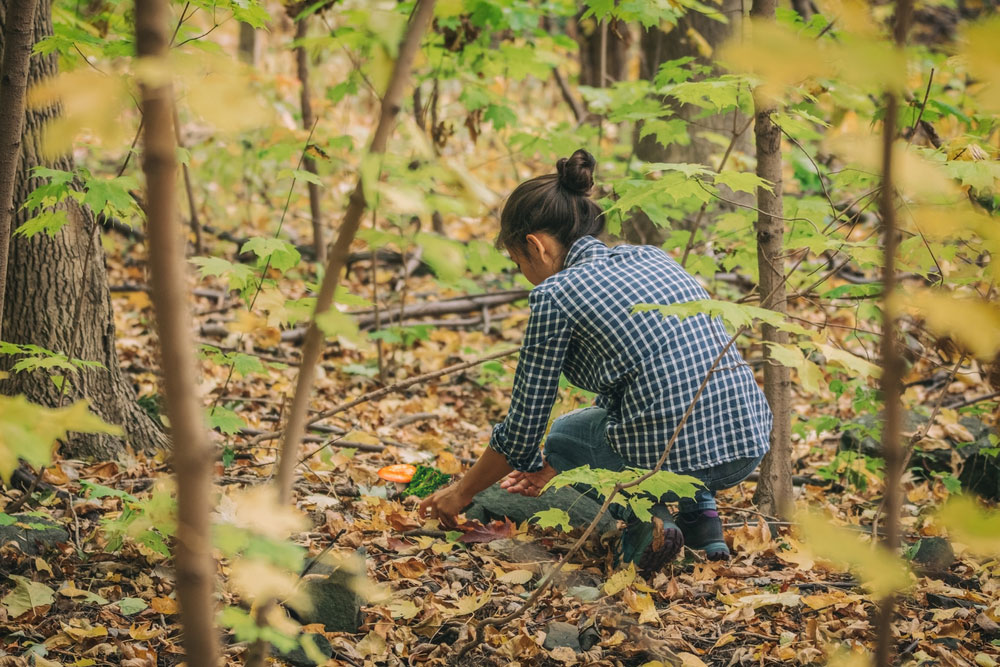Unveiling the Secrets: Mastering the Art of Growing Cilantro
Cilantro, also known as coriander, is a ubiquitous herb prized for its vibrant flavor profile. Its unmistakable citrusy and peppery notes add a burst of freshness to countless dishes, from zesty salsas and fragrant curries to stir-fries and noodle bowls. With its growing popularity in global cuisines, many home cooks are venturing into the world of herb gardening, eager to cultivate their own supply of this versatile herb. However, despite its seemingly straightforward appearance, growing cilantro can present some unique challenges. Understanding the plant’s lifecycle and implementing a few key strategies can unlock the secrets to cultivating a thriving crop of fresh cilantro for your culinary creations.
Understanding Cilantro’s Lifecycle: From Seed to Harvest
Cilantro is an annual herb, completing its entire lifecycle – from seed germination to flowering and seed production – within a single growing season. This rapid growth cycle offers gardeners the opportunity to enjoy multiple harvests throughout the year in warm climates. However, cilantro’s fast-paced nature also presents a challenge: bolting. Bolting is the physiological process where the plant matures rapidly, redirecting its energy towards flower and seed production. This results in a significant change in flavor, with the leaves becoming bitter and unusable. Understanding the factors influencing bolting is crucial for maximizing the harvest window of your cilantro crop.
Cultivating Cilantro: Essential Tips for Success
To cultivate a flourishing crop of cilantro, several key factors require consideration:
Selecting the Right Time for Planting:* Cilantro thrives in cool weather conditions. The ideal time for planting outdoors is typically in early spring or fall, depending on your climate. In warmer regions, consider planting cilantro in containers that can be easily moved to a shaded location during the hottest part of the day.
Choosing the Perfect Location: Sunlight and Temperature:* Cilantro prefers a location with full sun to partial shade. While it can tolerate some heat, excessive temperatures can trigger bolting. In hot climates, providing afternoon shade can be beneficial. Aim for a location with good air circulation to prevent fungal diseases.
Sowing Seeds and Providing Optimal Growing Conditions:* Sow cilantro seeds directly into prepared soil, spacing them about an inch apart. Keep the soil consistently moist but not soggy. Cilantro benefits from loose, well-draining soil amended with organic matter for improved moisture retention.
Watering and Nutrient Management Strategies:* Water regularly, allowing the top inch of soil to dry slightly between waterings. Overwatering can lead to root rot. Cilantro has moderate fertilizer needs. A balanced liquid fertilizer diluted to half strength can be applied once every two to three weeks during the growing season.
Addressing Common Challenges: Overcoming Obstacles for a Thriving Cilantro Crop
-
Cilantro Companion Planting: Fostering Beneficial Relationships: Companion planting involves strategically placing different plant species in close proximity to benefit from each other. Consider planting cilantro alongside tomatoes, peppers, or lettuce. These plants can provide some shade during the hottest part of the day, helping to deter bolting in cilantro. Additionally, certain companion plants, like nasturtium, may attract beneficial insects that help control pests that might target your cilantro.
-
Common Pests and Diseases: Prevention and Management Techniques: Cilantro is relatively pest and disease resistant, but a few issues can arise. Aphids, small, sap-sucking insects, can sometimes infest cilantro plants. Encourage natural predators like ladybugs by planting companion flowers. For persistent infestations, insecticidal soap sprays can be used organically. Fungal diseases like damping-off can occur in overly moist conditions. Ensure proper drainage and avoid overwatering. Maintaining good air circulation can also help prevent fungal issues.
Conclusion
Growing cilantro might present a few challenges, but with a little planning and these essential tips, you can cultivate a thriving crop of this versatile herb. Remember, the key lies in understanding cilantro’s lifecycle, providing the right growing environment, and addressing potential obstacles. The satisfaction of harvesting and using your own homegrown cilantro, bursting with fresh flavor, is an unparalleled reward. So, embrace the challenge, unlock the secrets of successful cilantro cultivation, and enjoy the delicious bounty of your herb garden!



